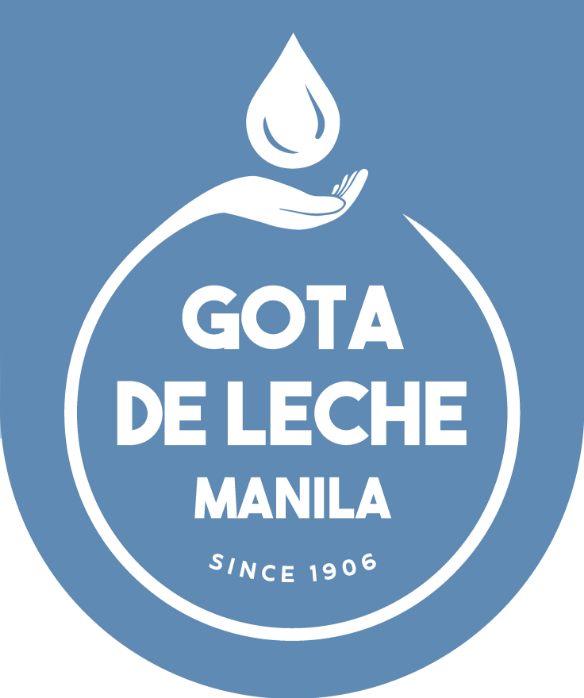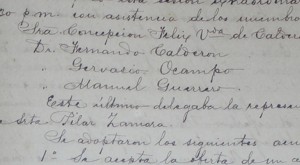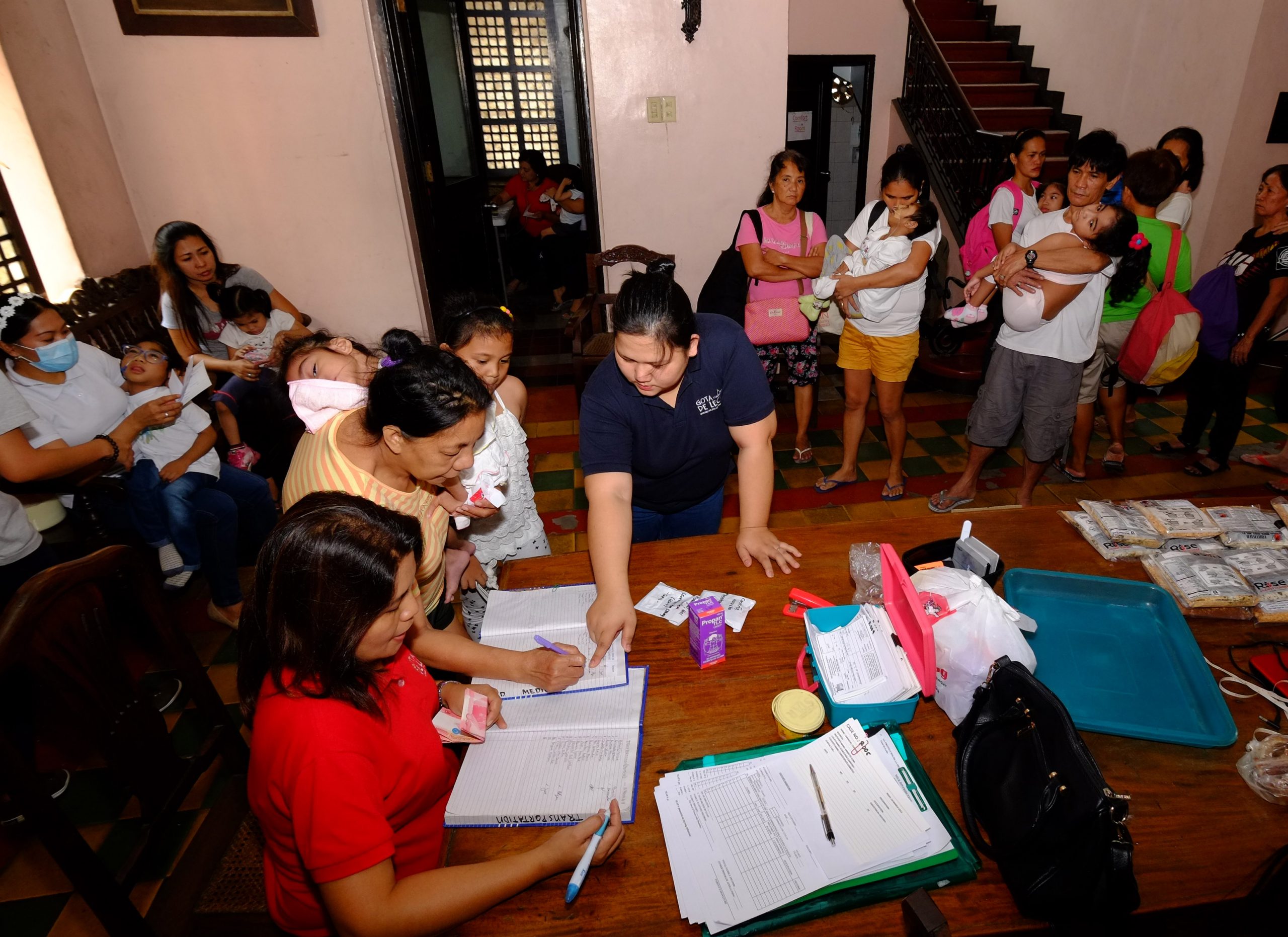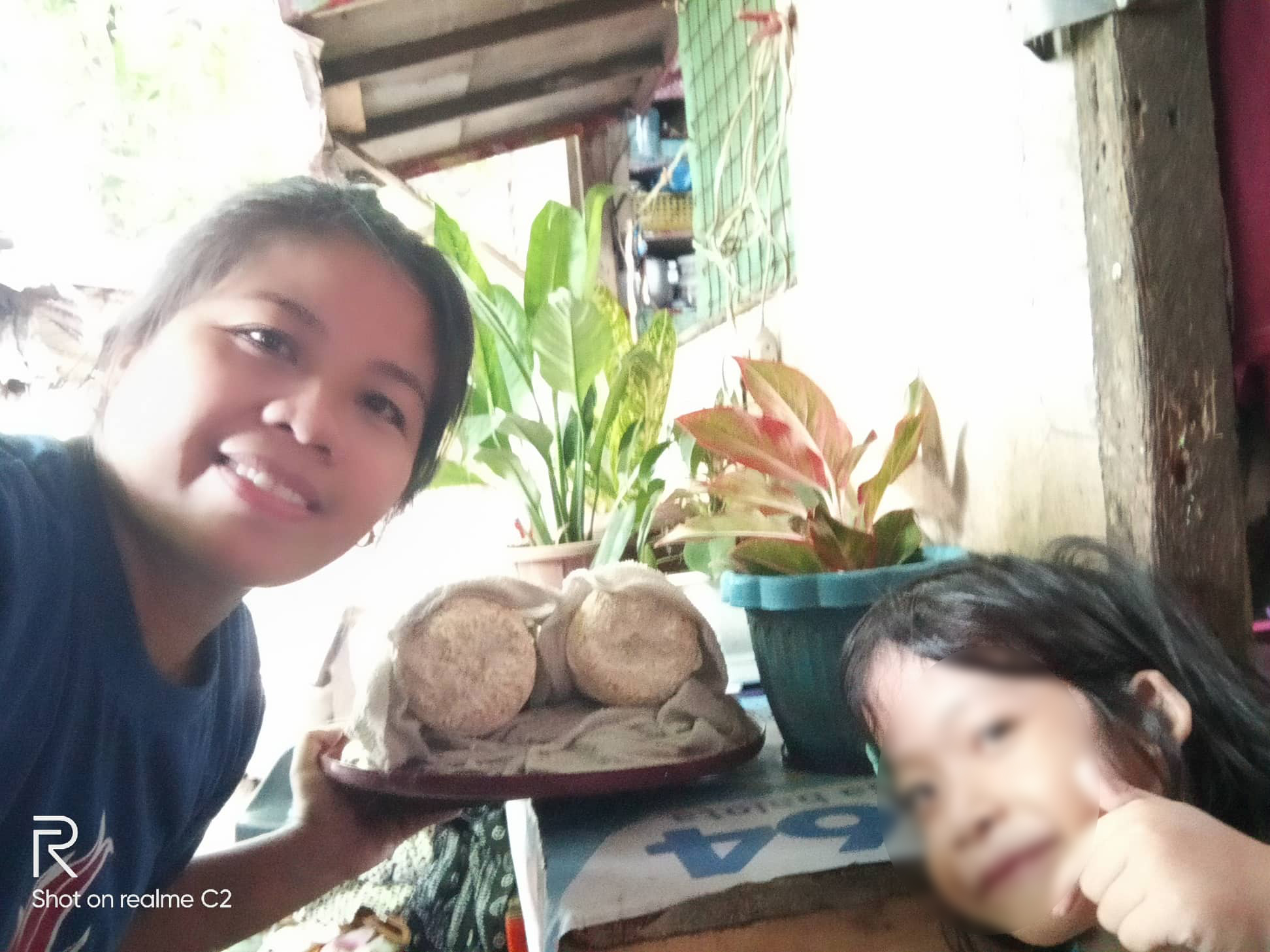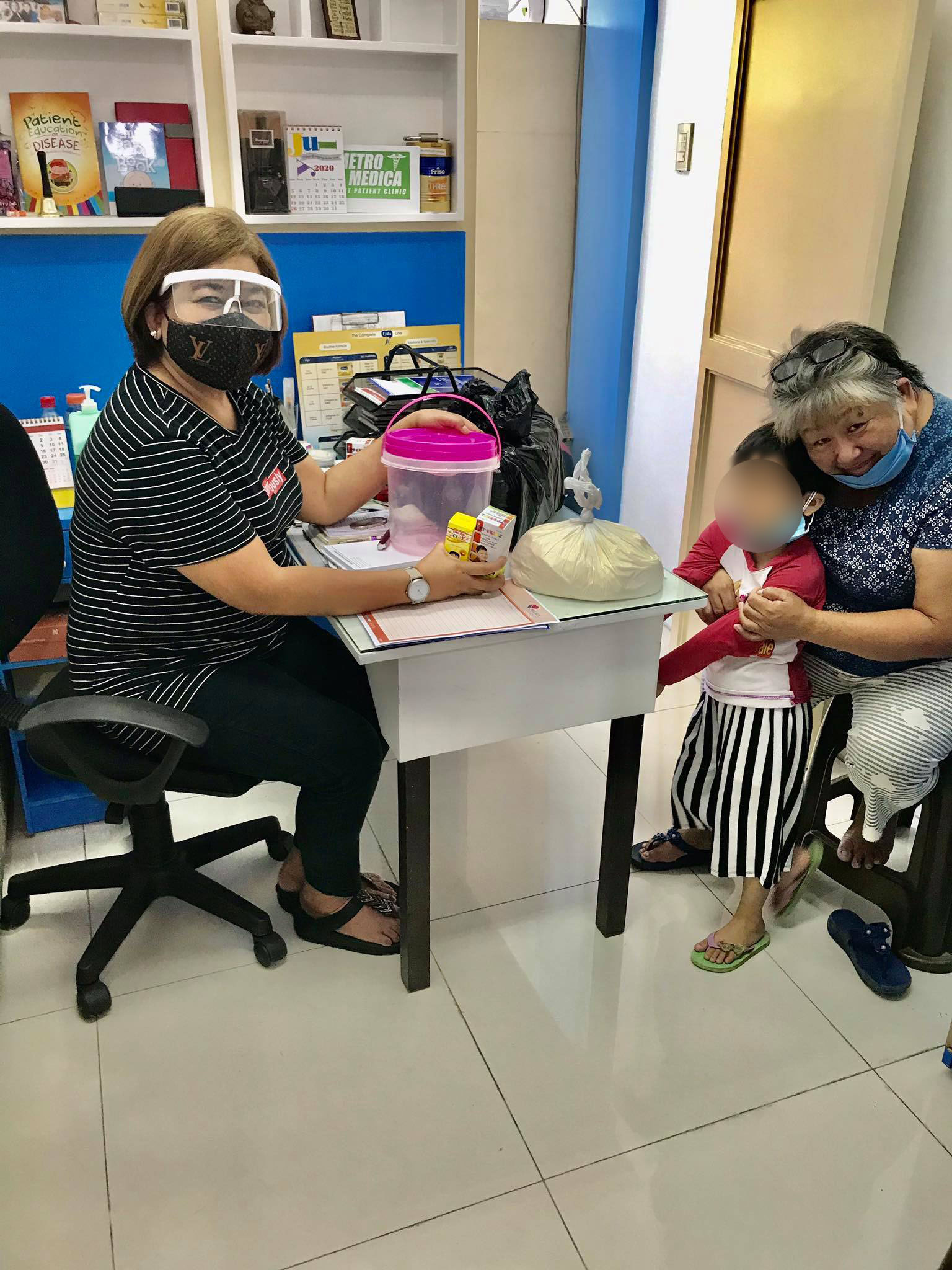News
More Secrets From Our 100 Year-Old Documents
Gota de Leche has been spreading the milk of human kindness for over a century. As one would expect from an organization with such deep history, it keeps an impressive archive of historical documents. Earlier this year, the foundation’s director Anna Leah Sarabia started examining two documents – Junta General and Junta Directiva. The books were written in Spanish, but Anna knew that they contained priceless information about the very early days of Gota de Leche. All she needed was a qualified individual to translate them.
Thankfully, Veronica Walker-Vadillo, who is a friend and colleague of Gota de Leche, was in town earlier this month to help. Veronica, an archeologist, was able to analyze the documents and start translating the first book, entitled Junta General. “I am going through every page, frantically searching for important information,” Veronica says with a palpable sense of excitement. “And then I analyze it, so a researcher could look at this material and then take a look at it from this point on, see something interesting.”
Junta General contains the minutes of Gota’s board meetings from 1907 to 1926. While the historic significance of Gota de Leche is unimpeachable, hearing about the foundation’s day to day operations during the early 20th century adds color to its storied past. For example, the document shows that Gota was already a depositor at the Bank of Philippine Islands… and remains so to this day. Ironically, these seemingly mundane details cement the organization’s place in history. They also further humanize an organization that is already quite human.
While Veronica is still working towards a complete translation of the book (as well as translation for the second book, Junta Directiva), our talk with her revealed some details about the contents of Junta General. Some of these details, as mentioned earlier, include accounts of daily operations, while others provide sharper context to Gota de Leche’s place in history.
——–
Here are three more things we learned from the Junta documents:
1. It took a woman to increase the meeting attendance
Early Asociación Feminista Filipina board meetings were well-attended, but attendance increased when a woman named Juvaldo entered the organization and took charge. “You got maybe about ten to fifteen people attending the meetings,” notes Veronica. “And then suddenly when the change starts to happen, you see there’s a new woman coming in – Juvaldo – then suddenly there’s beginning to be a change over the generation. She’s coming in and suddenly, there’s a (long) list of people present.”
2. Women members found creative ways to cast their votes
In early twentieth century Philippines, women were not given the same social and political
privileges and rights. Given the times, women did not have the right to vote – and that included matters pertaining to the board.
Because of this, the members of Asociación Feminista Filipina enlisted their husbands to act as proxy voters on their behalf. “They (women) actually authorized people to vote on their behalf and so you start to notice there’s an increase (in women voting),” Veronica says.
From this vantage point, women were able to wield considerable sway over board elections. Veronica adds: “…and from that moment onwards there’s always some amount of people that have been banded together for a specific candidate.”
3. There was still room in Asociación Feminista Filipina and Gota de Leche for men
“In the beginning, when they organized Gota de Leche, they (the board) decided that if the men were coming, the men would be the technical ones, because there were no women doctors. But all the money, all the administrative management would be handled by the women,” Veronica explains.
Stay connected – we’ll be revealing more secrets as we receive the translated documents and notes!
